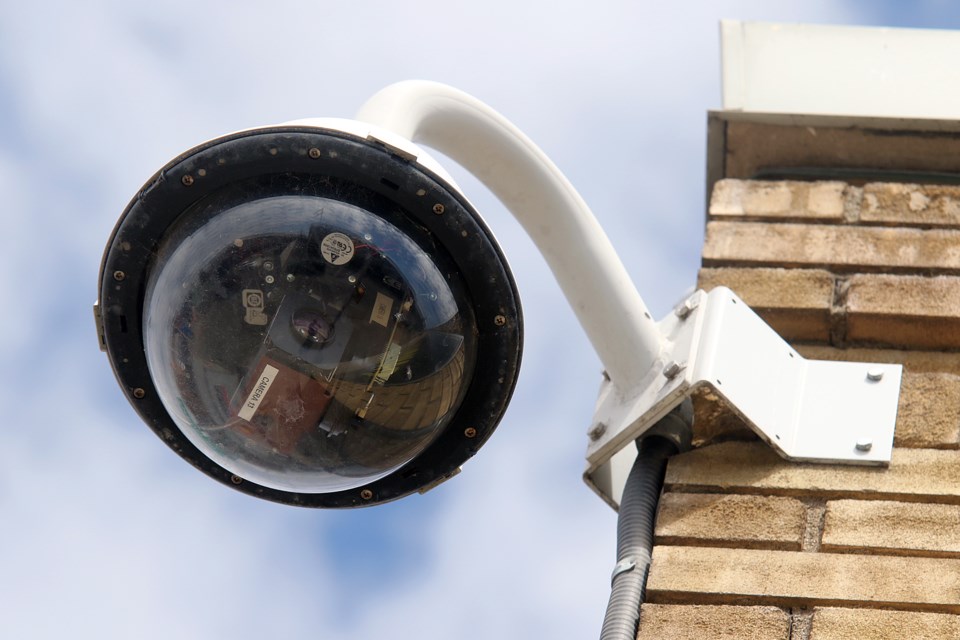THUNDER BAY — The Thunder Bay Police Service has been given the green light to start using an artificial intelligence video analytic program, though not without several safeguards put in place to protect public privacy.
A motion was passed by the Thunder Bay Police Services Board on Tuesday to move forward with the use of BriefCam.
An amendment to the original motion stipulated that the use of the software be at the approval of the chief of police, as the police services board is still working on its own artificial intelligence policy.
BriefCam uses artificial intelligence to process video footage, searching for specific inputs, such as vehicle type or colour, clothing, direction of travel, or other identifiers.
“It is an excellent tool in order to take a tremendous volume of evidence, hours and hours of footage from home security systems, dash cam video. There are a multitude of sources of video evidence now that is creating a new situation for investigations,” said Det.-Insp. Jeremy Pearson with the Thunder Bay Police Service.
“What this does is analyze that video and isolate objects in the video that are then reviewed by the investigators. It is simply a sorting process.”
Pearson said the Police Services has consulted with the public, privacy experts, and other police services regarding the use of BriefCam.
Earlier this year, a public survey found that 71 per cent of the 512 respondents in the city supported the use of video analytic software by the police service.
“The public needs to understand and what I hope to convey is that we have taken a very rigorous process to develop our practices and determine our course of action moving forward,” Pearson said.
“At present, we have only four members of the service trained to our satisfaction and that includes training in privacy and freedom of information, as well as the operational training that goes along with the software.”
BriefCam is also capable of using facial recognition, but Pearson said the police service will not be using that feature.
Pearson added that the software is only used on video evidence legally obtained by the police service as part of an investigation.
“We are also committed to reporting on the use of the software,” Pearson said, noting a bi-annual report will be presented to the Police Services Board on the software’s use.
“The software itself has an auditing feature that shows the use of the software and by whom.”
